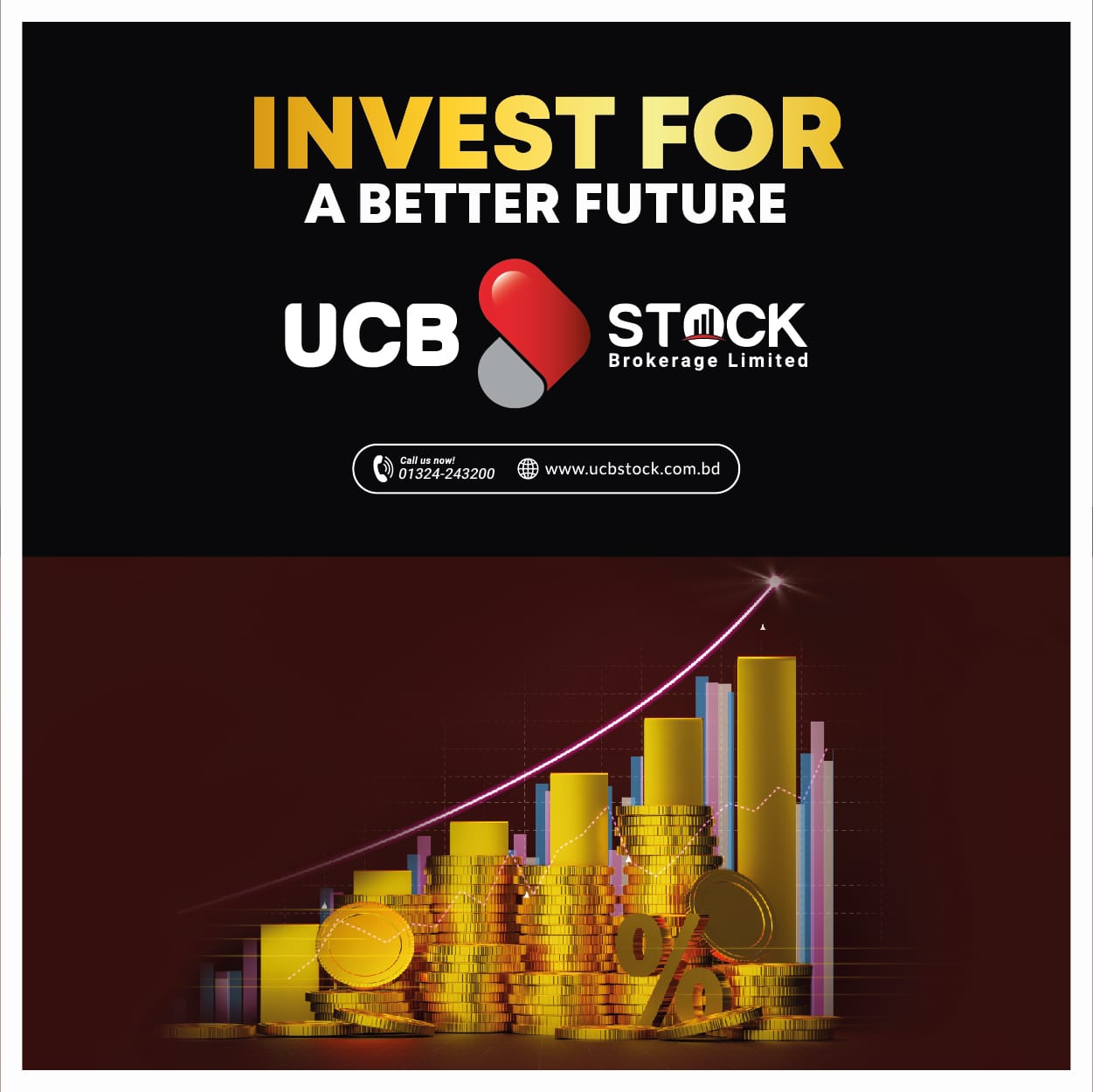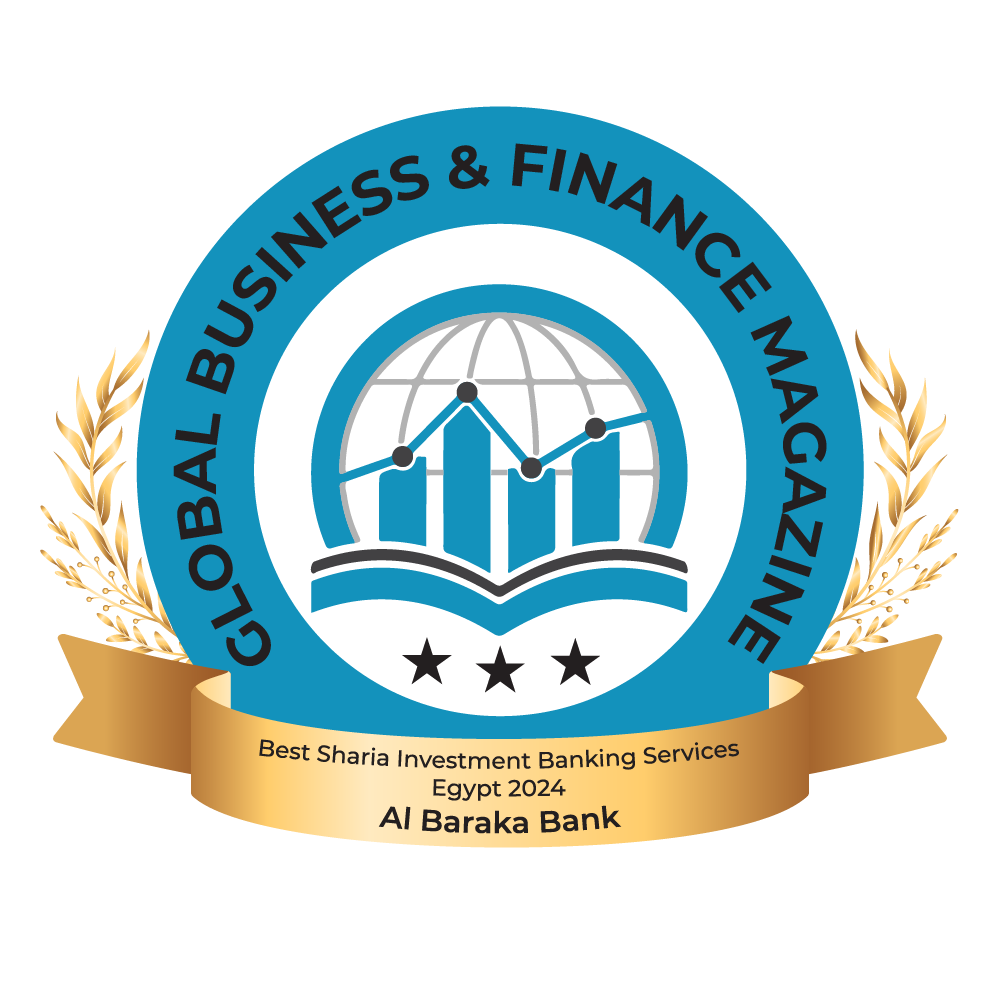Half of the graduates from top economics PhD programmes in the US publish next to nothing in the years following degree completion. This column studies the role of PhD advisors at eight elite schools, including Harvard, MIT, and Stanford, and finds that students guided by prolific advisors (in the sense of having many advisees) publish more frequently, but at the school level, there is surprisingly little evidence that superstar advisors boost student success. The findings also challenge conventional wisdom about economics graduate education: larger cohorts are no less successful than smaller cohorts.
Elite economics PhD programmes attract exceptional students and employ stellar faculty, yet half of top programme graduates publish next to nothing in the years following degree completion (Conley and Önder 2014, Conley et al. 2011). What explains this puzzle? In a recent paper (Angrist and Diederichs 2024), we study the role of PhD advisors at eight elite schools, including Harvard, MIT, and Stanford. Our analysis reveals that students guided by prolific advisors (in the sense of having many advisees) publish more frequently. Yet, at the school level, there is surprisingly little evidence that superstar advisors boost student success. The strongest predictor of advising success is an advisor’s own research output rather than a good track record with students. While engineering individual student success is challenging, we find that top schools can increase their graduates overall research impact simply by admitting more students. At the school level, graduate student research output grows linearly with cohort size.
These and other findings come from unique data covering roughly 8,000 graduates from elite economics departments and related programmes since 1989. These graduates and their advisors are highly influential in the profession – together, they account for more than 20% of articles in leading economics journals, and over half of all papers in the top six economics journals.
Figure 1 documents the surprisingly limited research success most graduates experience. Looking at graduates from economics departments and related programmes, fewer than 60% ever publish in one of a list of around 140 of the most cited journals; only around 45% manage to publish two papers. Publications in top-six journals are even more elusive – only about 30% of graduates ever publish in these outlets, and just 20% achieve two such publications . Careers are also short, with few contributing publications beyond the seventh year post-PhD. These patterns persist in a sample limited to graduates from economics departments.
Figure 1 Cumulative publication profiles


Notes: This figure plots the share ever-publishing as of year t−c, where c is graduation year, for publication types and levels indicated in the legend. Data are for economics and related program graduates on the left and for identifiable economics department graduates on the right. Data for 1994-2017 graduates.
Previous investigations of the graduate student research production function include Waldinger (2010), who shows that Nazi Germany’s expulsion of Jewish and politically unreliable mathematics faculty degraded PhD student success in affected departments. Biasi and Ma (2022) focus on the distance between education content in PhD programmes and the knowledge frontier as input into the graduate student research production function. Corsini et al. (2022) examine the effect of advisor characteristics on STEM PhD student success, focusing on advisor gender as a causal factor. Athey et al. (2007) examines effects of graduate school performance indicators like grades on job placement. Natural sciences PhD students appear to benefit from advising and mentoring by highly visible and productive superstar scholars (Li et al. 2019). At the same time, an analysis of life sciences students suggests PhD graduates are more successful when their dissertation research synthesises work from areas an advisor’s or mentor’s field (Liénard et al. 2018).
Which factors increase the likelihood of post-PhD research success for budding economists? Multivariate regression models that predict graduate research success as a function of advisor and thesis characteristics yield robust positive effects of advisor research and the advising team’s past student success. We also show that while precocious pre-PhD student publishers publish more papers post-PhD, research output appears to be unrelated to co-authoring with advisors or classmates. On the other hand, PhDs who cite an advisor in their thesis – a measure of student-advisor research topic affinity – tend to see greater research success post-PhD.
Of course, these correlations may reflect student and advisor sorting as well as causal effects. Successful advisors, however defined, likely attract students with the greatest research potential. If so, the relationship between advisor characteristics and advisees’ post-PhD research success need not be causal. Our school-level analysis mitigates selection bias by asking what happens to average success at, say, Princeton and Berkeley when these schools employ more or fewer prolific advisors. The resulting estimates show surprisingly little evidence of superstar advisor effects at the school level.
The distribution of graduate advising is highly skewed, with a minority of advisors advising a large share of graduates – a pattern previously noted by Tol (2014) in his study of trade economists. This is documented in Figure 2, the left panel of which shows a histogram of number of advisees for the 2499 advisors in our data who advised at least one student in the sample of 1989-2023 graduates. Roughly a quarter of advisors have only one advisee in the relevant cohorts, while the busiest 15% of advisors advised 20 or more PhD students. The Lorenz curve shown in the right panel of the figure highlights this concentration further. The least prolific 50% of advisors advised fewer than 10% of graduates. At the other end of the distribution, the 10% of advisors who are busiest account for roughly half of the advising relationships in our sample. These statistics suggest there is plenty of advising slack at the schools in our sample.
Figure 2 The advising load distribution


Notes: The left panel shows the histogram of number of advisees for advisors who advised an economics+related program graduate and were affiliated with one or more of the eight schools in our sample (advisors necessarily have at least 1 advisee who graduated from sample schools but need not be affiliated with a sample school or have advised an economics+related program graduate). Each advisor contributes one observation. The right panel shows the advising Lorenz curve: this orders advisors on the x-axis by number of advisees, with the cumulative share of advisees advised up to this point plotted on the y-axis. Red lines mark median and upper-decile advisors. Data are for 2499 advisors of economics + related program students who graduated 1989-2023; advisors in this sample have at least one EconLit publication from which an affiliation can be gleaned.
Motivated by the trend towards rising economics PhD programme selectivity and falling cohort size at super-elite schools, we conclude with an analysis of cohort size effects on student research success. We are especially interested in whether the economics PhD research production function is constrained by decreasing returns. Perhaps smaller graduating cohort sizes enhances students’ post-graduation prospects by increasing resources and facilitating faculty-student mentoring.
Our findings challenge conventional wisdom about economics graduate education: larger cohorts are no less successful than smaller cohorts. In fact, our data suggest that aggregate research output scales roughly linearly with programme size, meaning schools can increase their total economics research impact simply by training more PhD students. This ‘free lunch’ is suggested by Figure 3, which plots average student research success against the number of advisees for the 236 advisors in our sample who advised at least 30 students. The fitted line in this figure slopes gently upwards.
Figure 3 Student success and no. of advisees for 236 advising-loaded advisors


Notes: This figure plots student success for prolific advisors (who advised at least 30 graduates) against each advisor’s number of advisees. Both variables are computed for graduates who earned degrees at one of the eight schools in our sample in 1989-2023. Student success averages post-graduation publications in years c + 1 to c + 6 for a graduate in cohort c.
A broader lesson suggested by our findings is that research success is hard for elite schools to engineer or even predict. In this, academic economics echoes enterprises like professional sports in which coaches at all levels struggle to identify and nurture talent and uncertainty regarding ultimate player performance is pervasive. Even among American Division I college basketball players, who are well-trained and necessarily play a very good game, few ultimately play basketball for a living. As in high-level sports, economics PhD students and their advisors are likely to benefit from a clear-eyed view of the winding and uncertain path to research success.
source : cepr.org



































































